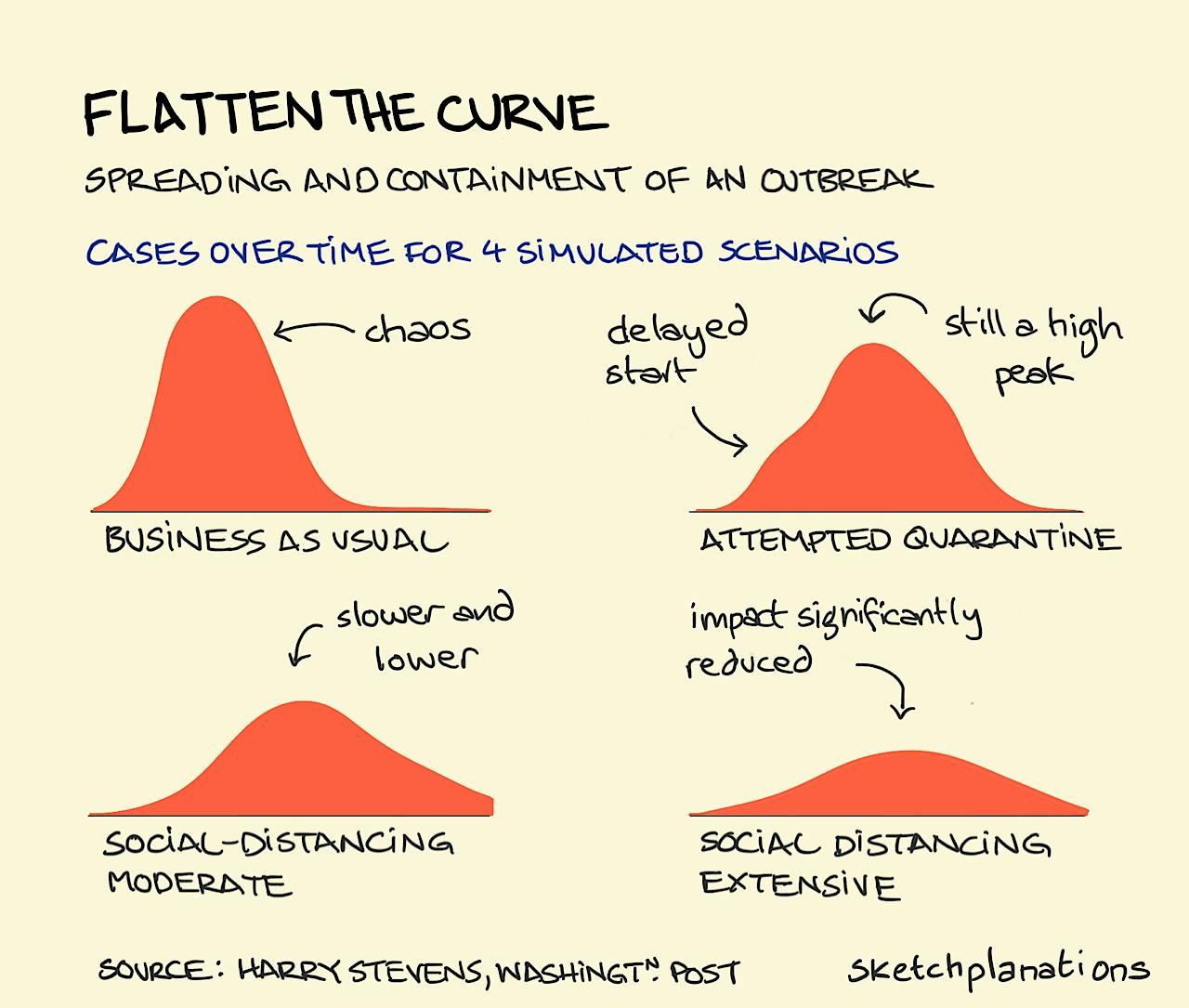
The liar paradox
A favourite of our kids is to play opposites day. It usually starts with something simple like where we say “No, they can’t have chocolate for breakfast,” and they then announce that it’s opposites day so that means they can have chocolate for breakfast. Then I say, but if it’s opposites day then that means you just said it’s not opposites day. Then they say, if it’s not opposites day then what they said is true so it is opposites day. After a while we end up being late for school. This is a version of the liar paradox, also known as the Epimenides paradox after a chap from Crete who is supposed to have announced that all Cretans are liars. There are a bunch of versions of the paradox including the simpler one: this sentence is a lie. Some other paradoxes: Jevon’s paradox the coastline paradox the Abilene paradox…A favourite of our kids is to play opposites day. It usually starts with something simple like where we say “No, they can’t have chocolate for breakfast,” and they then announce that it’s opposites day so that means they can have chocolate for breakfast. Then I say, but if it’s opposites day then that means you just said it’s not opposites day. Then they say, if it’s not opposites day then what they said is true so it is opposites day. After a while we end up being late for school. This is a version of the liar paradox, also known as the Epimenides paradox after a chap from Crete who is supposed to have announced that all Cretans are liars. There are a bunch of versions of the paradox including the simpler one: this sentence is a lie. Some other paradoxes: Jevon’s paradox the coastline paradox the Abilene paradoxWWW…
Read more…





